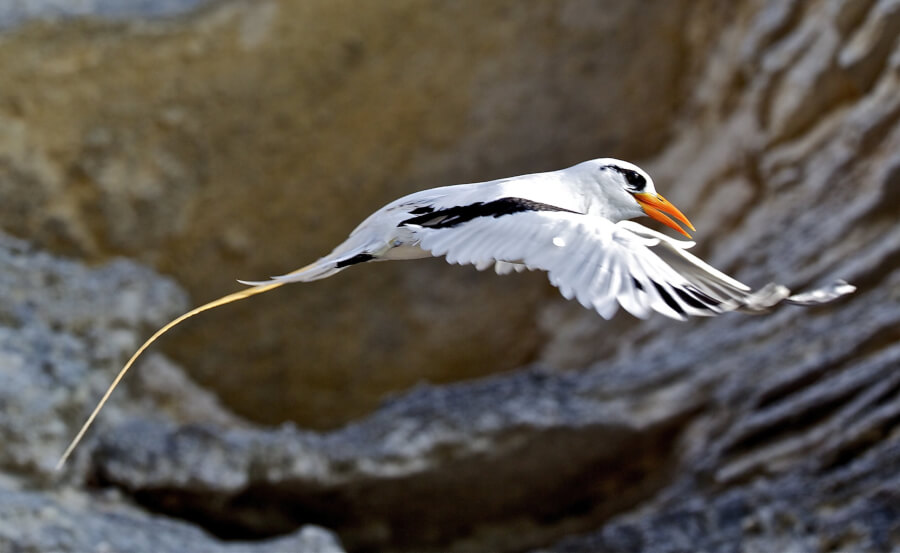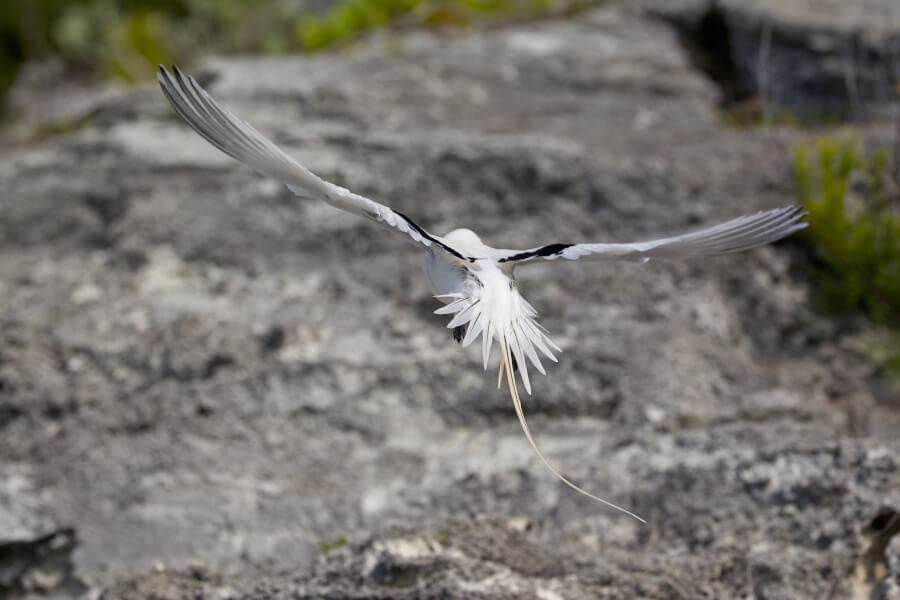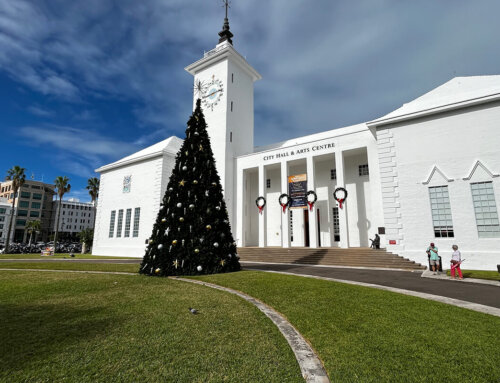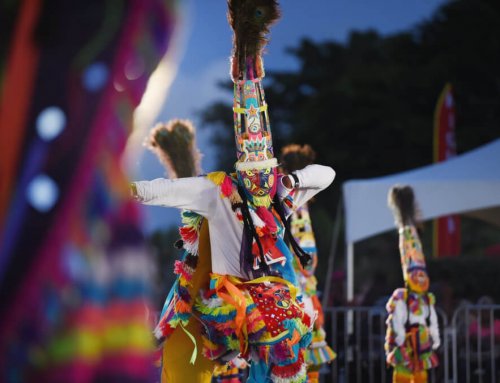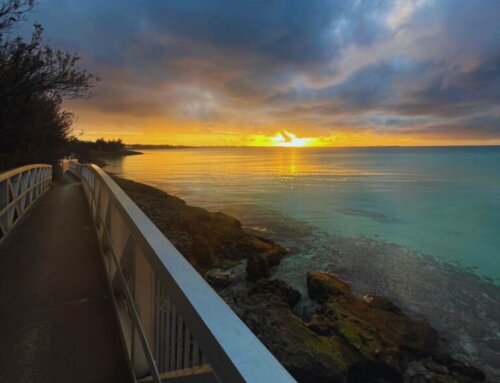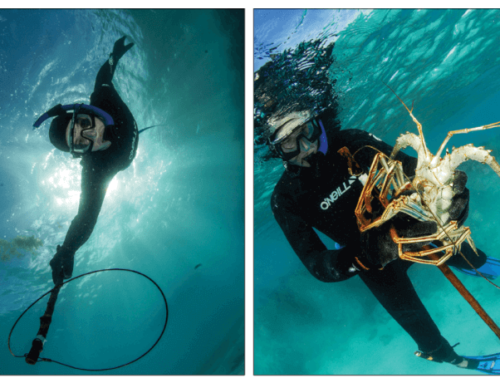A Symbol of Bermuda – The Iconic Longtail
The White-Tailed Tropic Bird, or Longtail, is Bermuda’s traditional harbinger of spring and a beautiful feature of our coastline during the summer months. Longtails first appear in Bermuda between late February and the end of March when they arrive for the breeding season, and pairs of birds can be seen in aerial courtship, touching the tips of the long tail feathers together in paired flight, throughout April. They nest from April to August in holes and crevices of the soft limestone coastal cliffs and islands, safe from human disturbance and introduced mammal predators. The Longtail is the only native breeding seabird to have survived in numbers comparable to its primeval abundance on Bermuda.
The single purplish-red speckled egg is laid in April and hatches in late May. The chick takes approximately 65 days to fledge and departs to sea on its own in late August and September when the parents stop bringing it food. Longtails feed out on the open ocean where they plunge from a height onto unsuspecting fish and squid like a gannet. During the winter months, the population disperses throughout the Sargasso Sea and Western Atlantic and remains out of sight of land.
There are 3500-4000 nesting pairs in Bermuda and steps have been taken to protect the species. The number of Longtails steadily went into decline due to coastline development; increased disturbance from an expanding population; predation by illegal-stray dogs, cats, crows; and competition with pigeons and mourning doves for nests. Another factor is higher sea levels and increased coastal erosion. To reverse the decline, Longtail igloos were invented in 1997 as an emergency measure to provide alternative nesting sites.
Made of SKB roofing material, the igloos provide insulation and shelter from the sun, are light but strong, with a concrete covering that provides camouflage and holds the nest in place. Seventy Longtail igloo nests are in place on Nonsuch Island Nature Reserve and have been installed at Cooper’s Island Nature Reserve and on the ramparts of the National Museum of Bermuda in Dockyard. Over 1100 igloo nests are now in place along the island’s coast and have proved a success by increasing the number of breeding pairs.
From April to August you can watch a nesting Longtail with the Nonsuch Island Live Tropic-Bird Cam.
Photos by Pierangelo Lanfranchi

